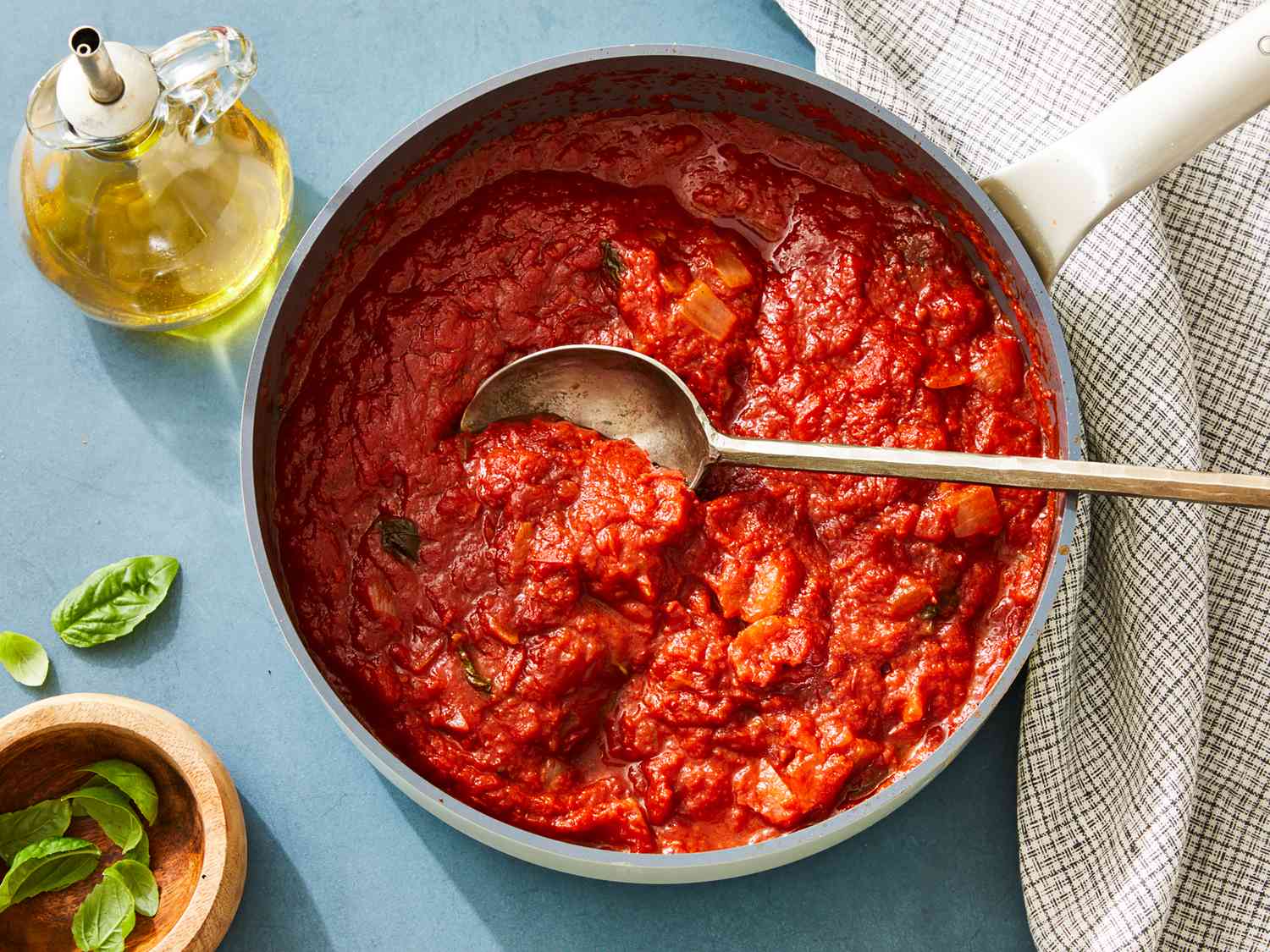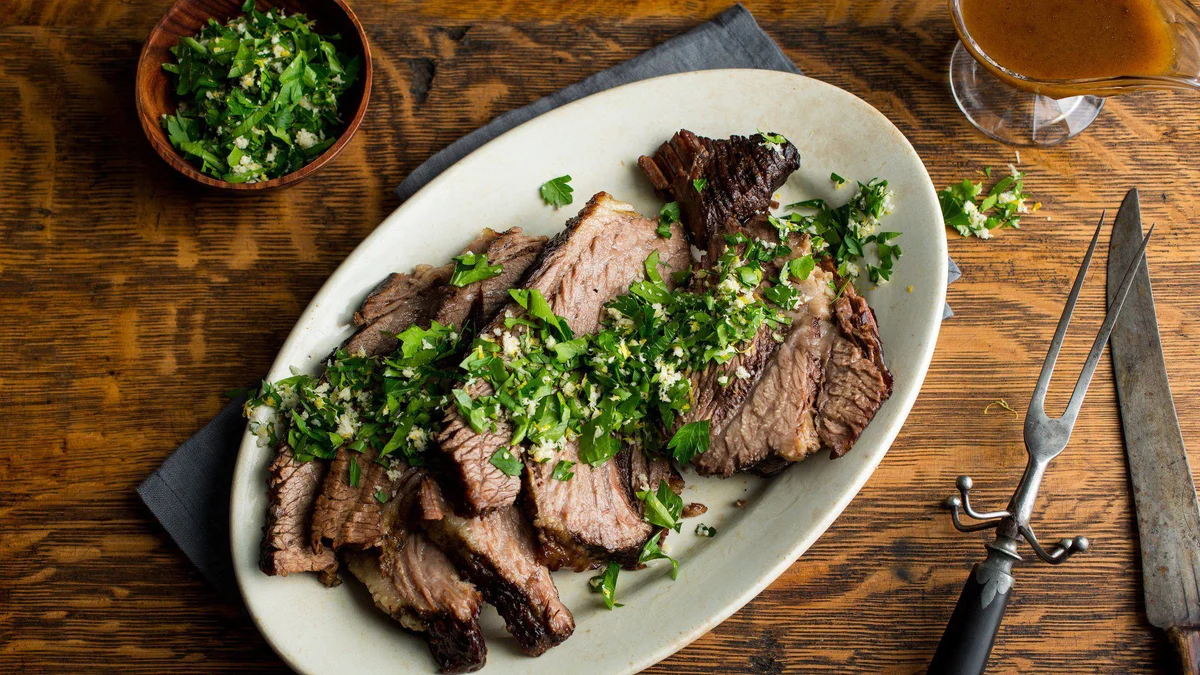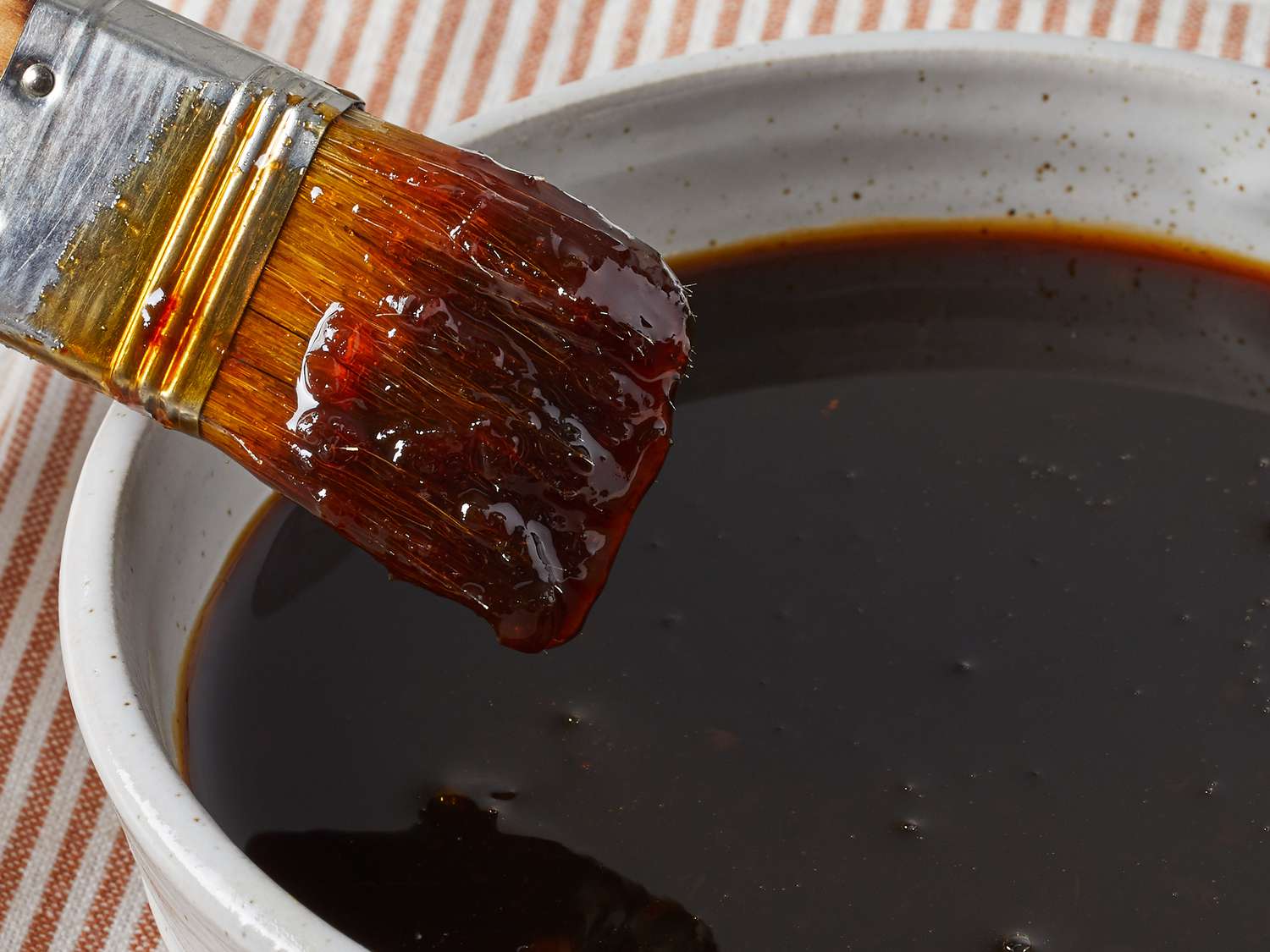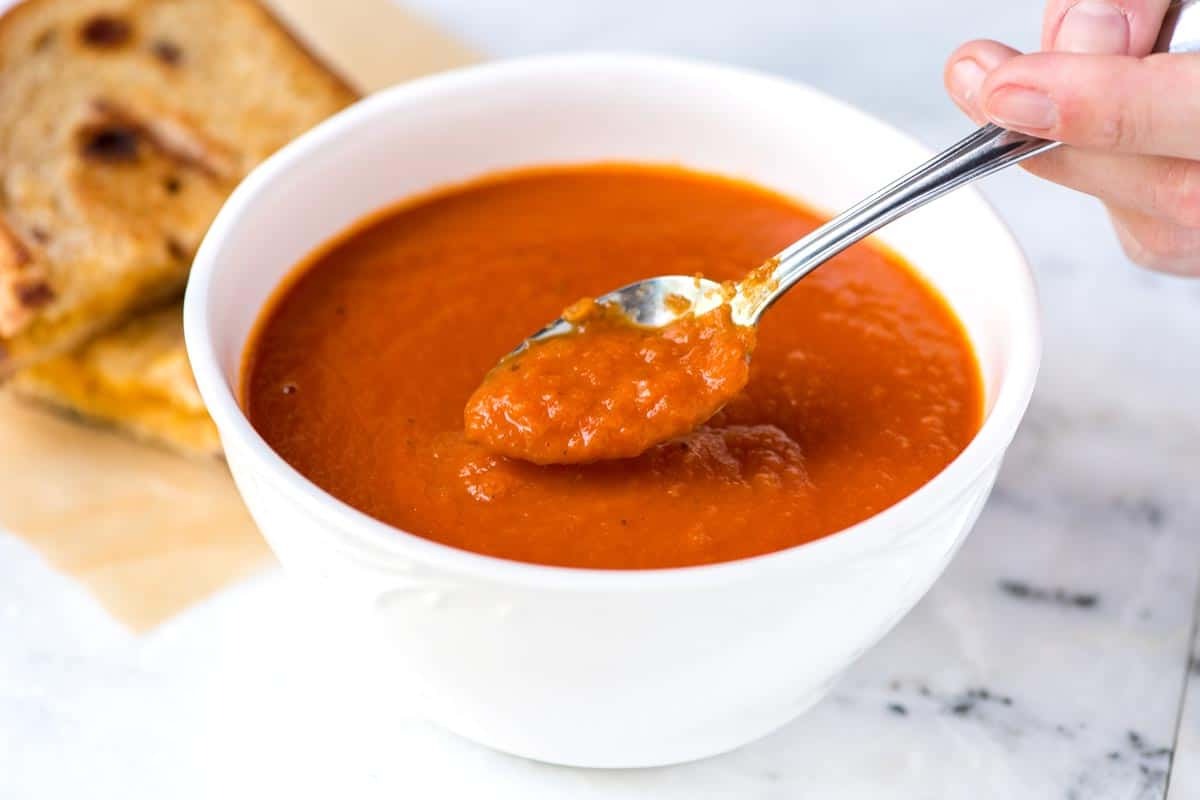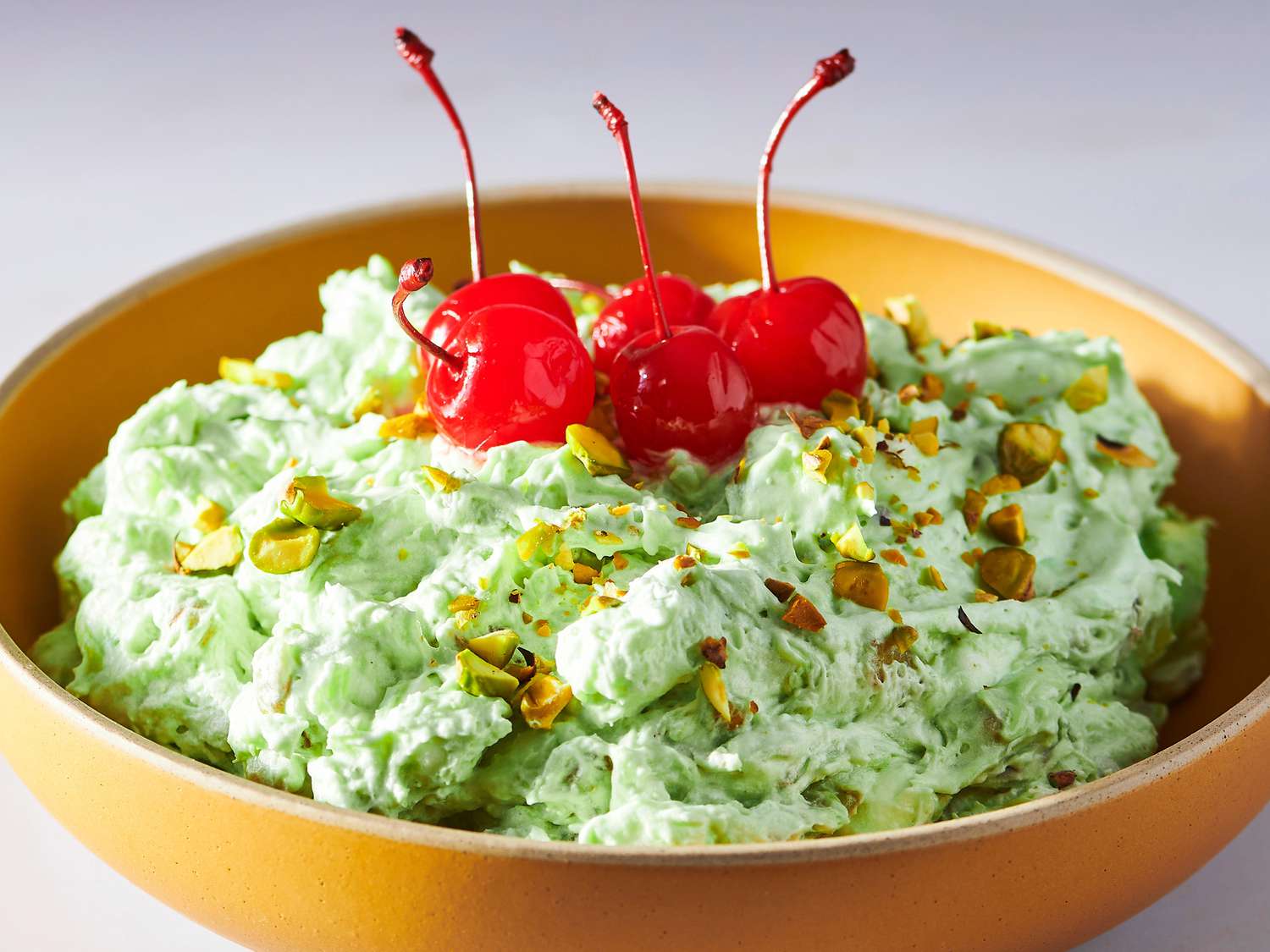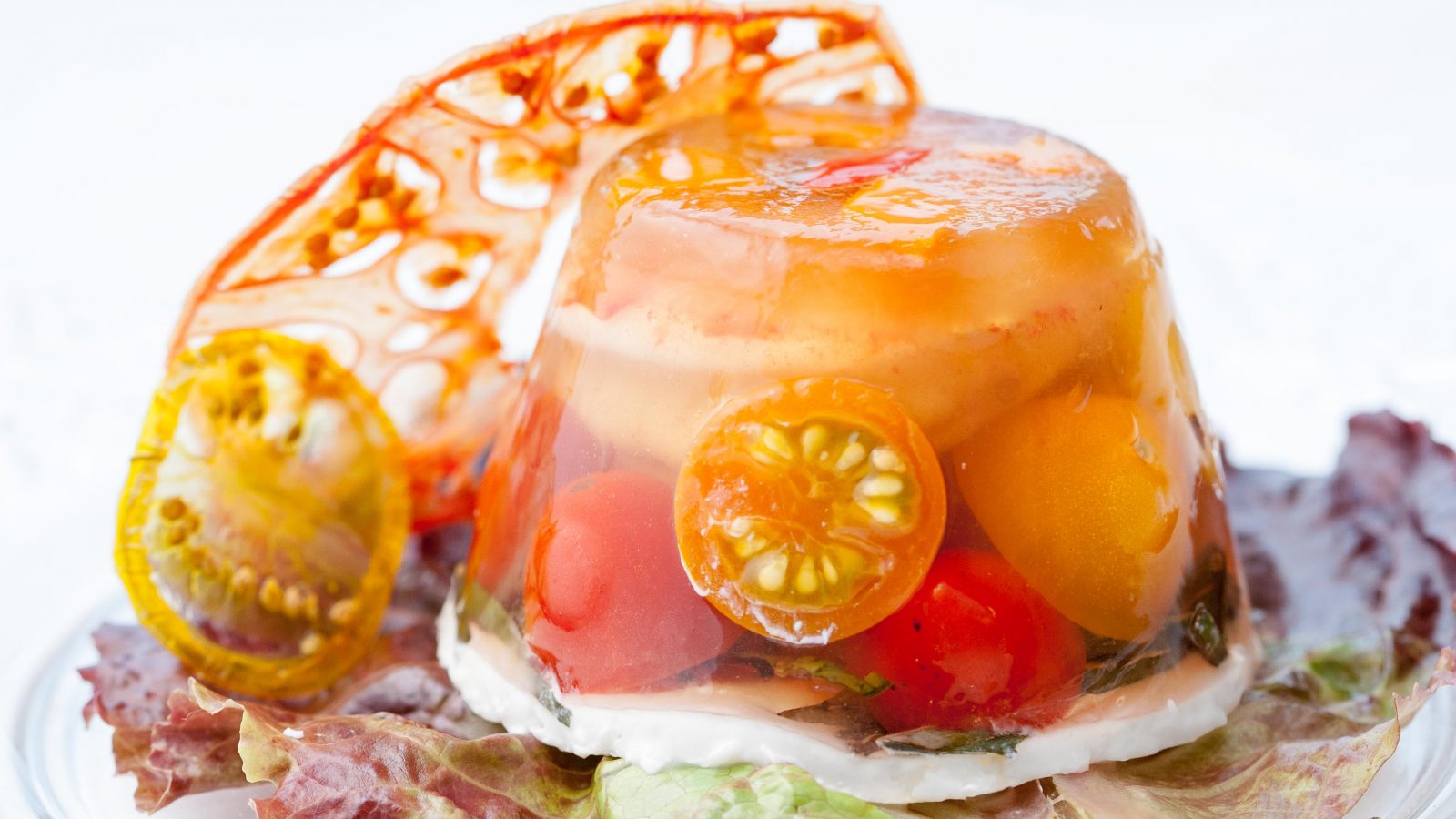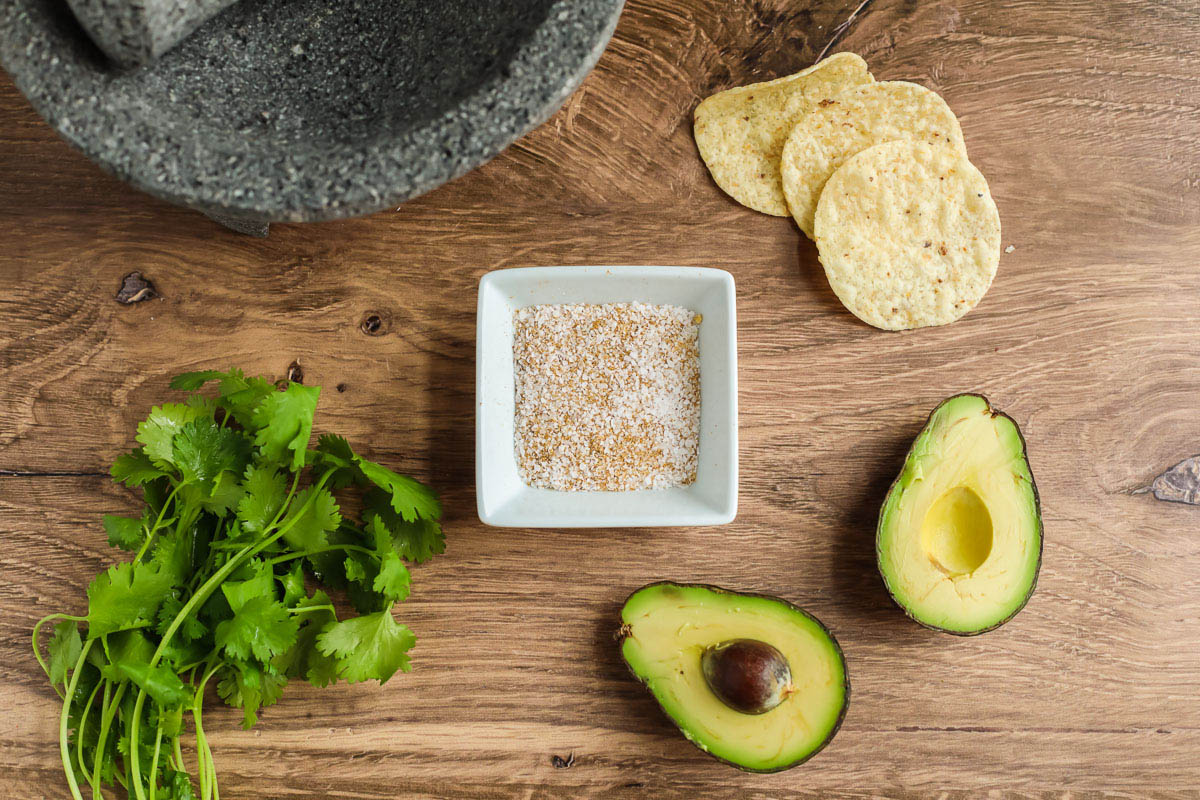Understanding Real Cheese: A Guide to the Genuine Goodness
When it comes to cheese, there’s a lot of confusion about what exactly constitutes “real” cheese. With so many options available in the market, it’s important to understand what sets real cheese apart from its processed counterparts. In this guide, we’ll delve into the world of real cheese and explore what makes it a delicious and nutritious choice for any meal.
What Makes Cheese “Real”?
Real cheese is made from simple and natural ingredients, including milk, salt, enzymes, and bacteria. These ingredients undergo a natural fermentation and aging process, resulting in the formation of distinct flavors and textures. Unlike processed cheese, real cheese does not contain added preservatives, artificial colors, or flavors.
The Types of Real Cheese
Real cheese comes in a variety of forms, each with its own unique characteristics and uses. Some popular types of real cheese include:
- Cheddar: Known for its sharp and tangy flavor, cheddar cheese is a versatile option that can be enjoyed on its own or used in a wide range of recipes.
- Mozzarella: With its smooth and creamy texture, mozzarella cheese is a staple in Italian cuisine, particularly in dishes like pizza and lasagna.
- Swiss: Characterized by its nutty and slightly sweet flavor, Swiss cheese is often used in sandwiches and fondue.
- Blue Cheese: This cheese is famous for its distinct blue veins and bold, tangy flavor, making it a popular choice for salads and dressings.
The Benefits of Real Cheese
Real cheese offers a host of nutritional benefits, making it a valuable addition to any diet. It is a rich source of protein, calcium, and vitamin B12, all of which are essential for maintaining strong bones and overall health. Additionally, the natural fermentation process involved in making real cheese can contribute to gut health by providing beneficial probiotics.
How to Identify Real Cheese
When shopping for cheese, it’s important to look for certain indicators that distinguish real cheese from processed alternatives. Here are a few tips for identifying real cheese:
- Check the Ingredients: Real cheese should contain simple and natural ingredients, such as milk, salt, enzymes, and bacteria.
- Look for Aging Information: Real cheese often includes details about its aging process, which can indicate authenticity and quality.
- Avoid “Cheese Products”: Processed cheese products are not the same as real cheese and may contain added ingredients that compromise their authenticity.
Enjoying Real Cheese in Your Meals
Real cheese can be enjoyed in a multitude of ways, whether it’s sprinkled over a fresh salad, melted into a gooey grilled cheese sandwich, or paired with fruits and nuts for a delightful cheese board. Its versatility and rich flavors make it a beloved ingredient in countless recipes from around the world.
Next time you’re at the grocery store, consider choosing real cheese for its authentic taste and nutritional value. Whether you’re a cheese connoisseur or simply appreciate the goodness of real, natural ingredients, real cheese is a delicious and wholesome choice for any occasion.
So, the next time you’re craving a cheesy delight, reach for the real thing and savor the genuine goodness of real cheese!
Was this page helpful?
Read Next: What Is The Trinity In Cooking?
